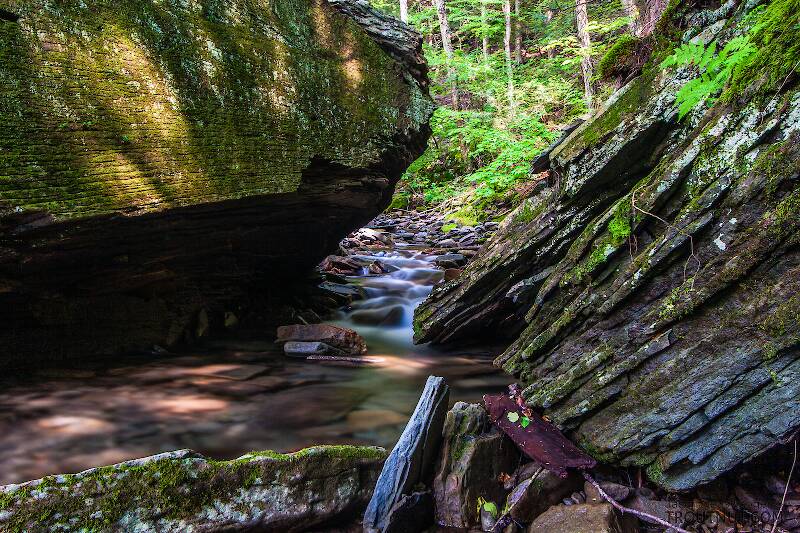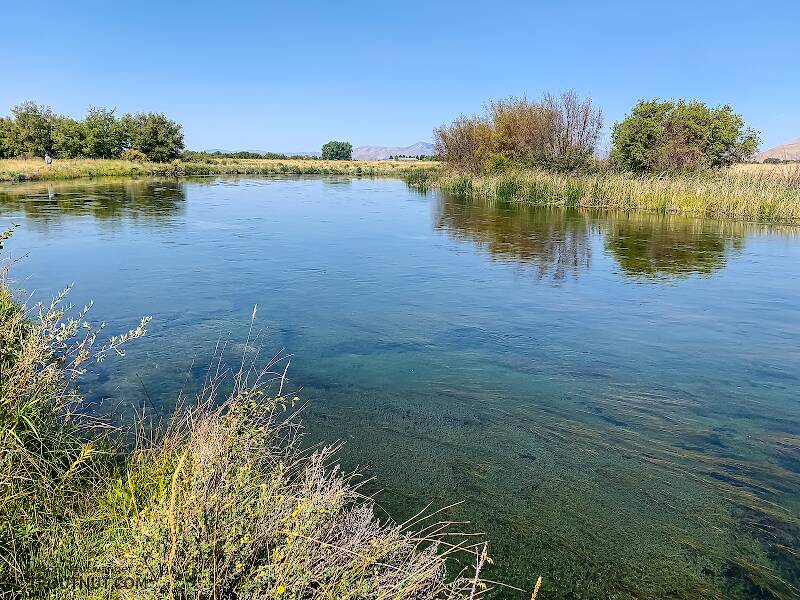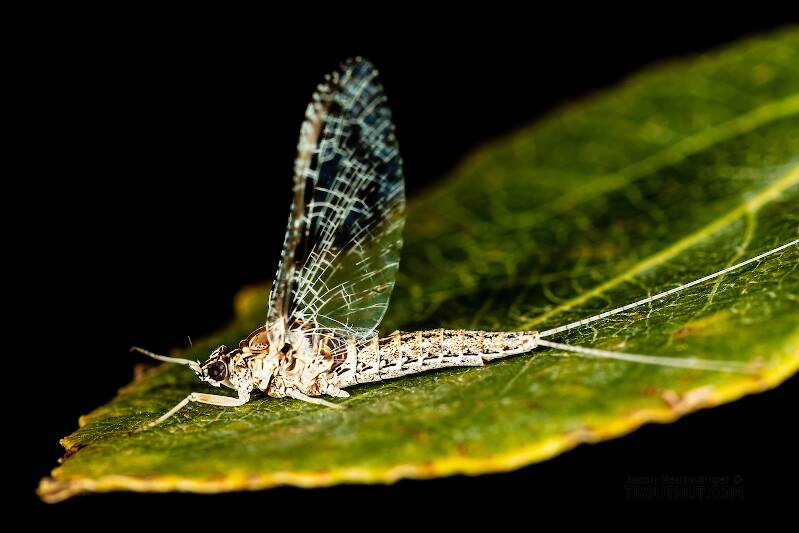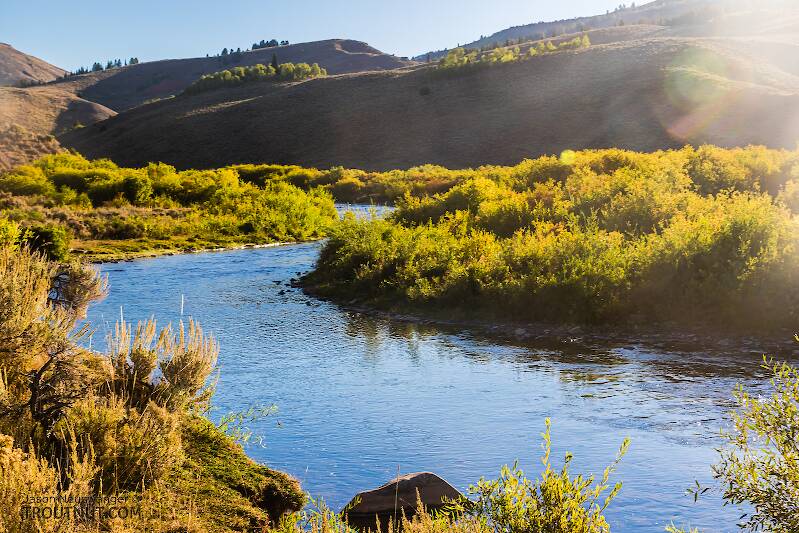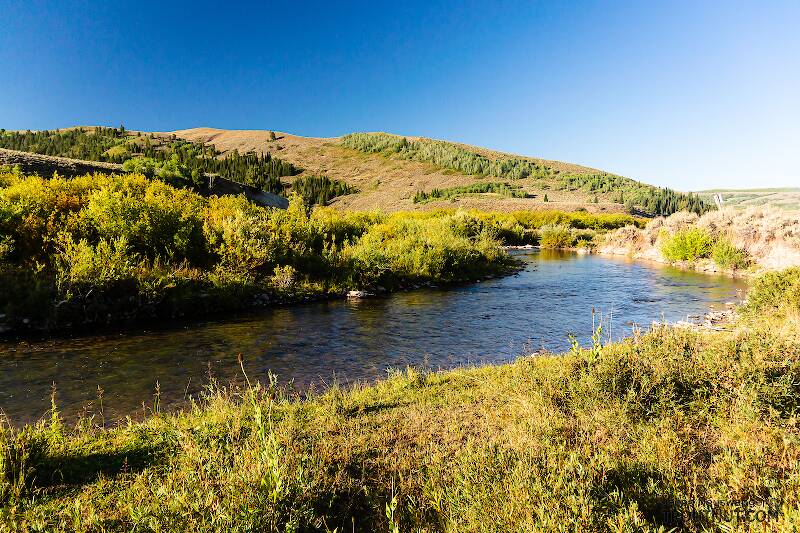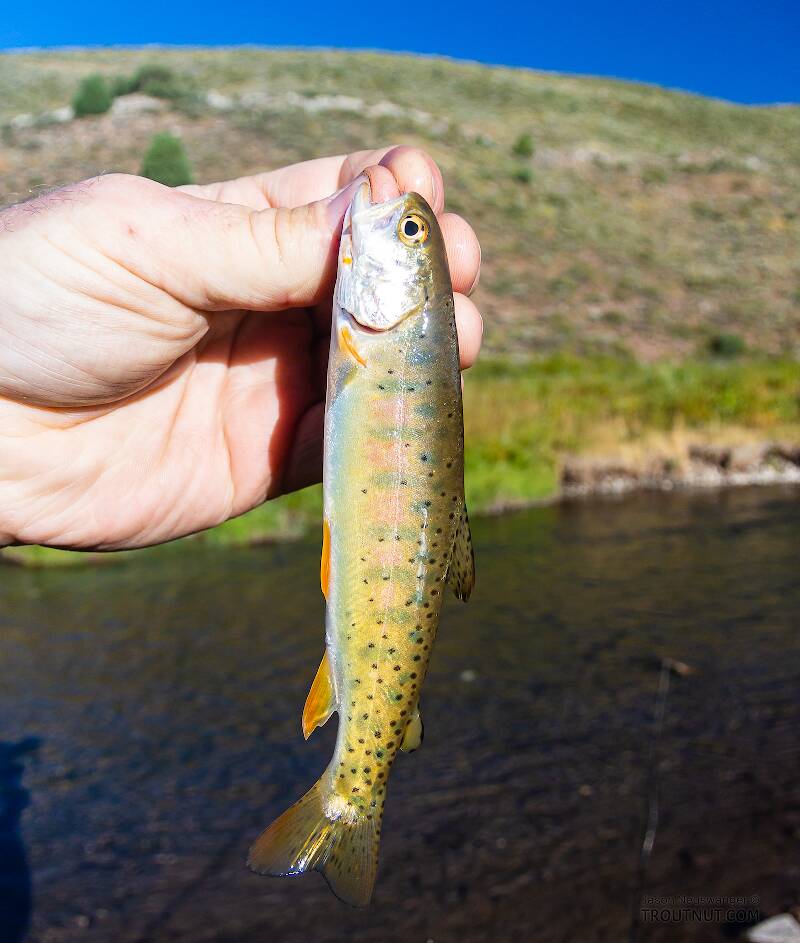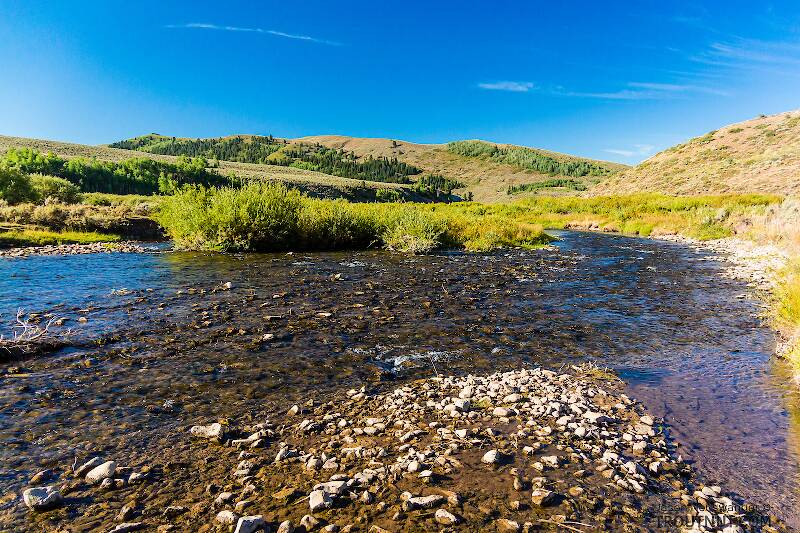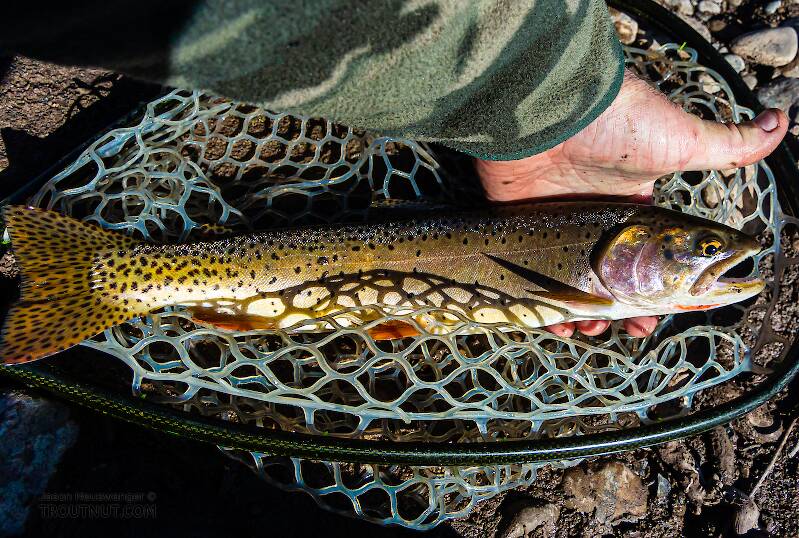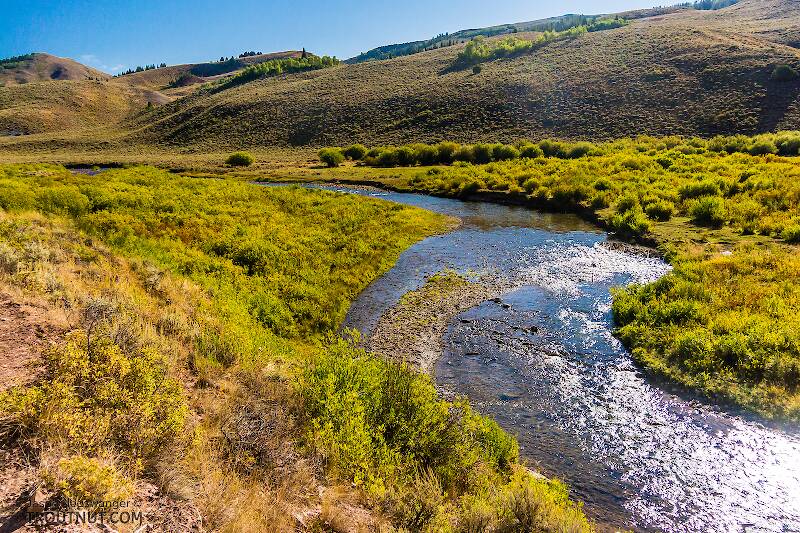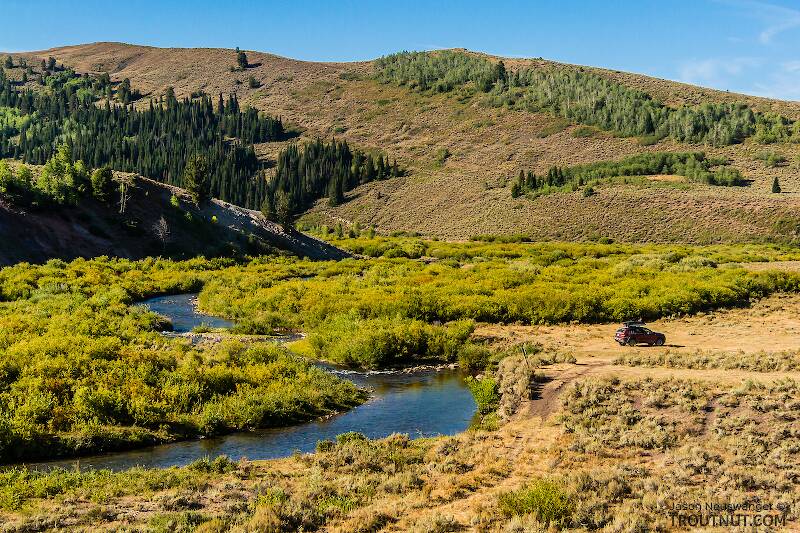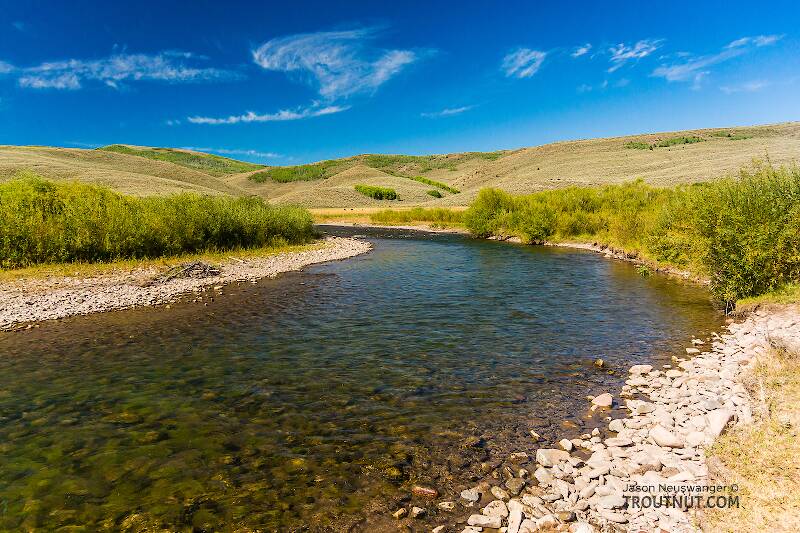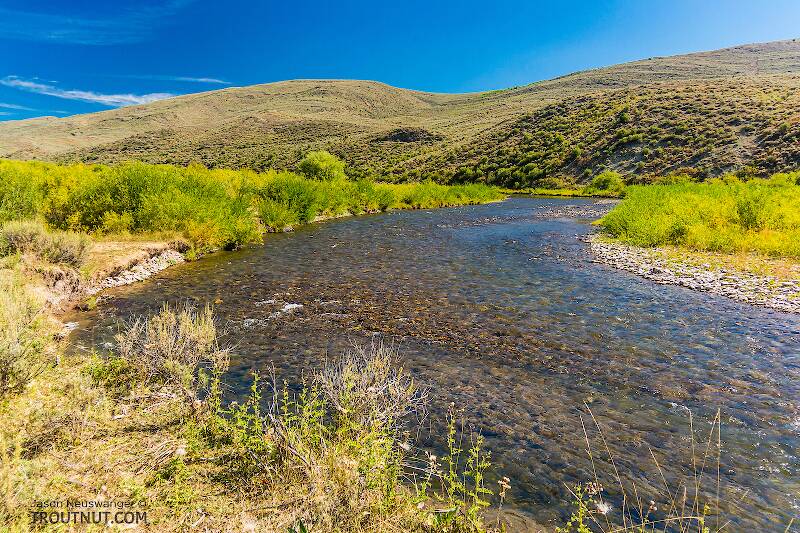
Blue-winged Olives
Baetis
Tiny Baetis mayflies are perhaps the most commonly encountered and imitated by anglers on all American trout streams due to their great abundance, widespread distribution, and trout-friendly emergence habits.
Featured on the forum

This one pretty clearly keys to Kogotus, but it also looks fairly different from specimens I caught in the same creek about a month later in the year. With only one species of the genus known in Washington, I'm not sure about the answer to this ID.

Troutnut is a project started in 2003 by salmonid ecologist Jason "Troutnut" Neuswanger to help anglers and
fly tyers unabashedly embrace the entomological side of the sport. Learn more about Troutnut or
support the project for an enhanced experience here.
Exploring up the Skykomish
By Troutnut on September 9th, 2020
I've been meaning to check out the scenic country headwaters of the Skykomish for a while, more for the scenery and variety than for the fish, which I expected to be mostly the same 6-12" rainbows and coastal cutthroats found in all the other rivers on the west slope of the Washington cascades. I was also looking to practice Euro nymphing some more, and the Foss River has some ideal stretches of pocket water for that. Starting late in the morning, I was successful early and often. Then, toward mid afternoon, the action shut down completely. I went from catching fish in every pocket to seeing no sign of them in extremely inviting pools. The water temperature was optimal, but the fish were just off.
For the last hour of daylight I drove to the South Fork Skykomish and fished a couple of promising pools. Fish finally started rising intensely right at dusk (to what, I'm not sure), and I caught six small rainbows on dries.
Throughout the day there were no noteworthy hatches, but I did find a couple of bugs worth photographing. I'm especially curious what a near-mature Ephemerellid nymph was doing in the river in mid-September, but I've not yet had time to put most of my recently collected specimens under the microscope and see what they are.
For the last hour of daylight I drove to the South Fork Skykomish and fished a couple of promising pools. Fish finally started rising intensely right at dusk (to what, I'm not sure), and I caught six small rainbows on dries.
Throughout the day there were no noteworthy hatches, but I did find a couple of bugs worth photographing. I'm especially curious what a near-mature Ephemerellid nymph was doing in the river in mid-September, but I've not yet had time to put most of my recently collected specimens under the microscope and see what they are.
Photos by Troutnut from the Foss River and the South Fork Skykomish River in Washington
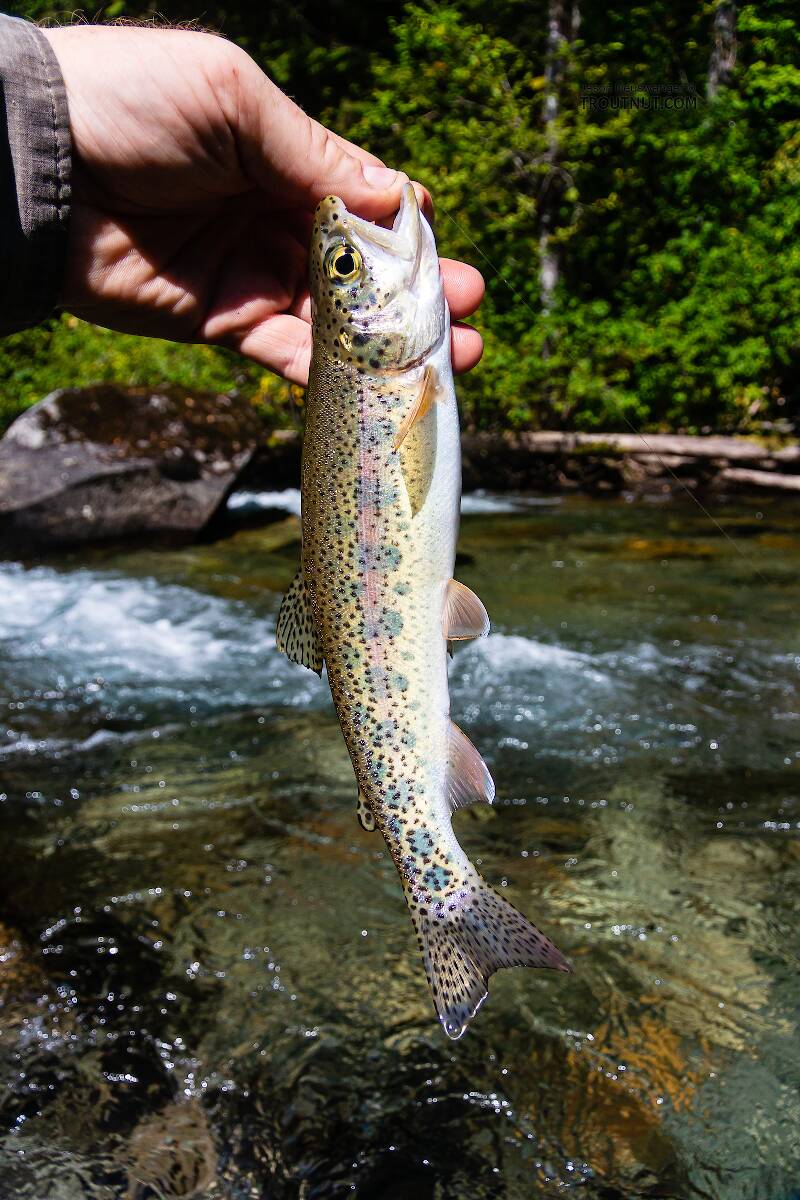
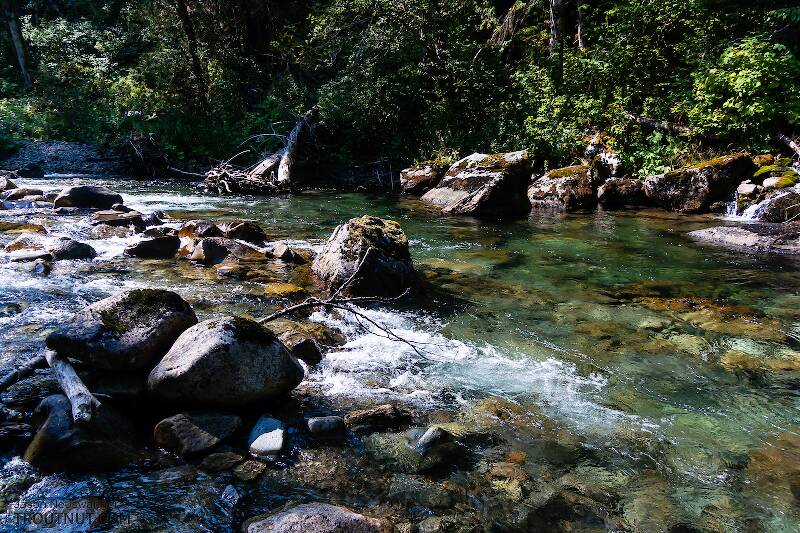


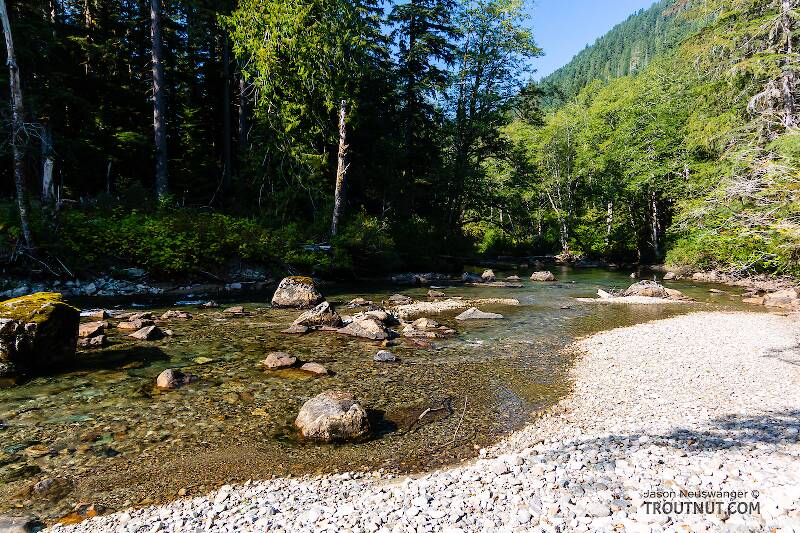
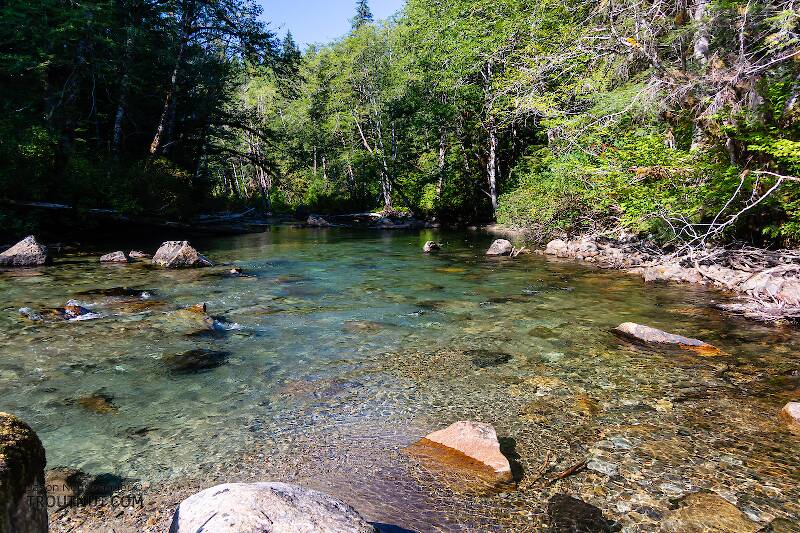
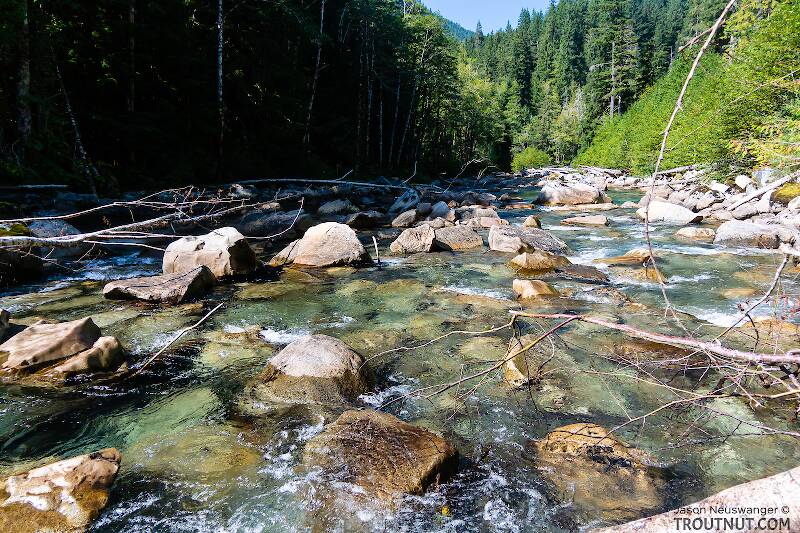
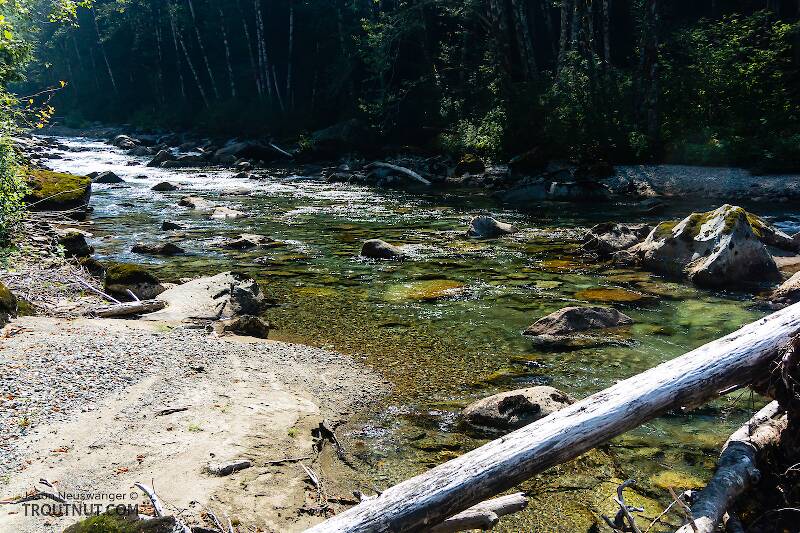
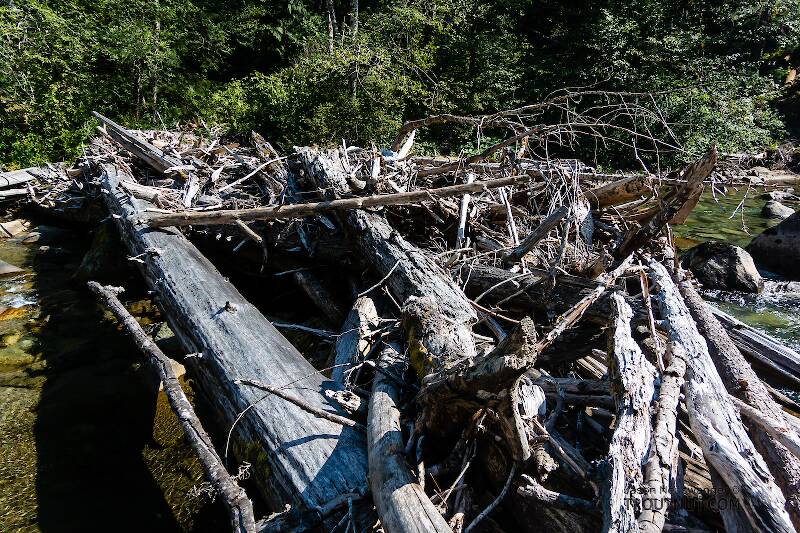
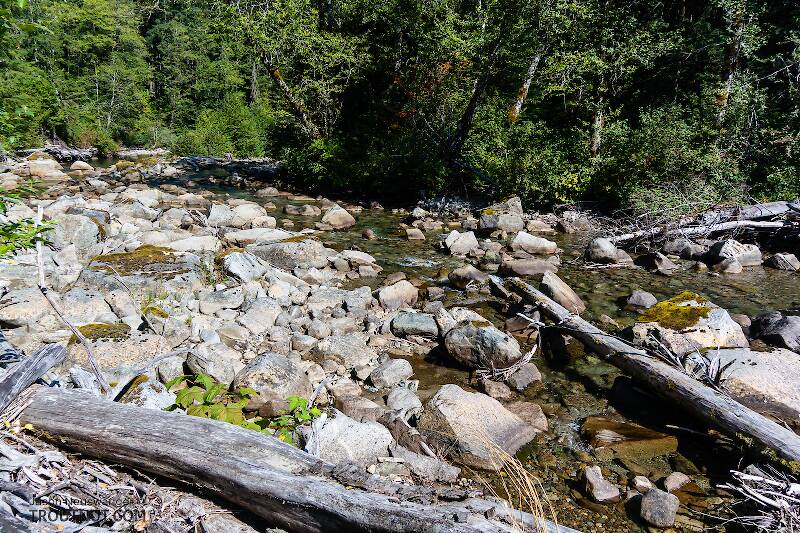
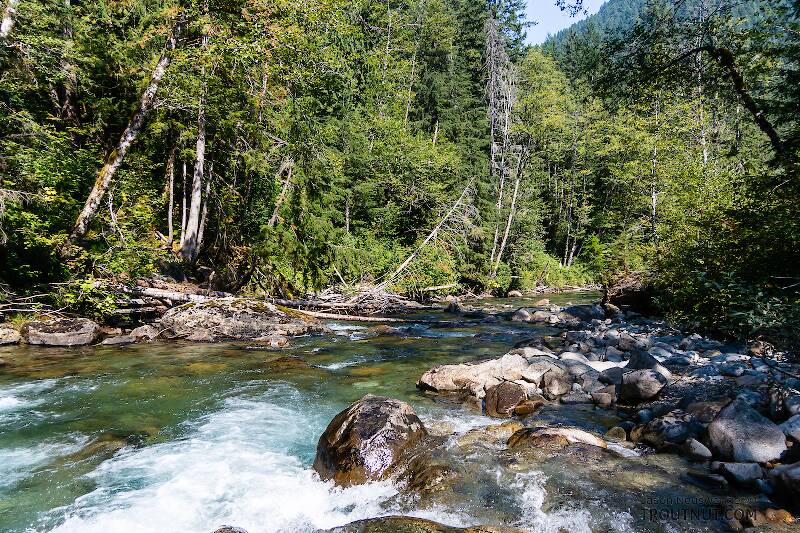
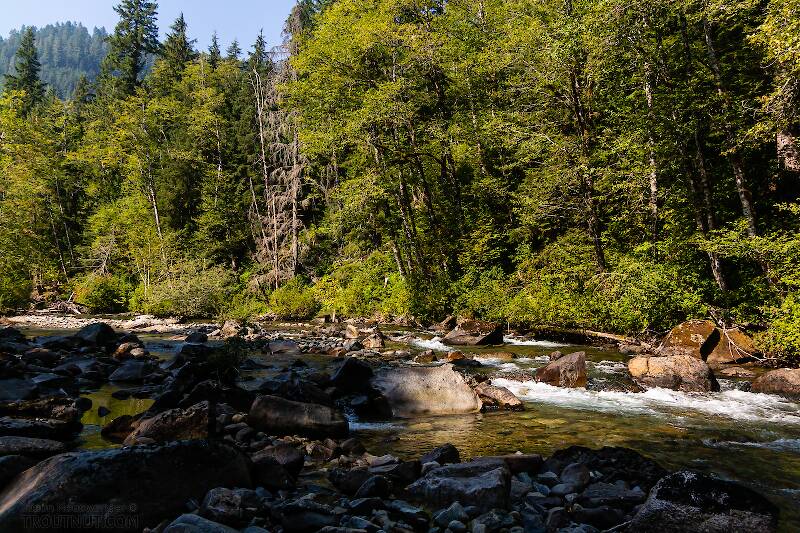
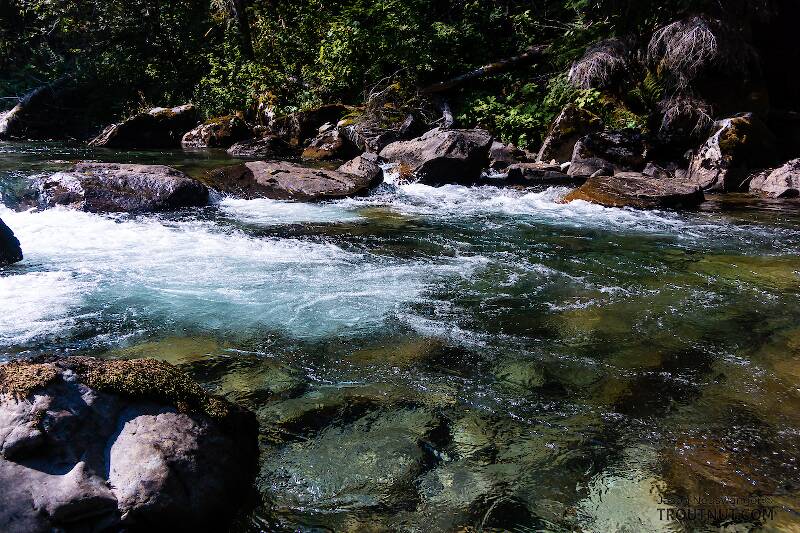
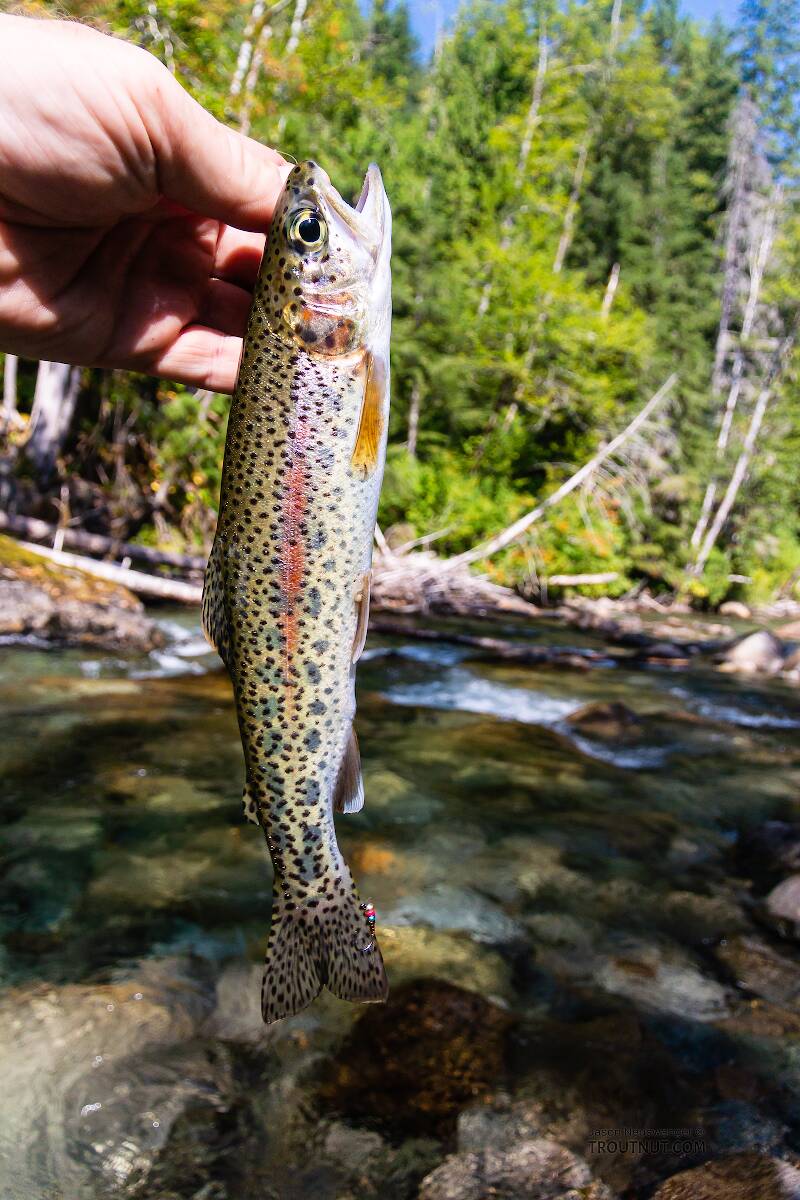
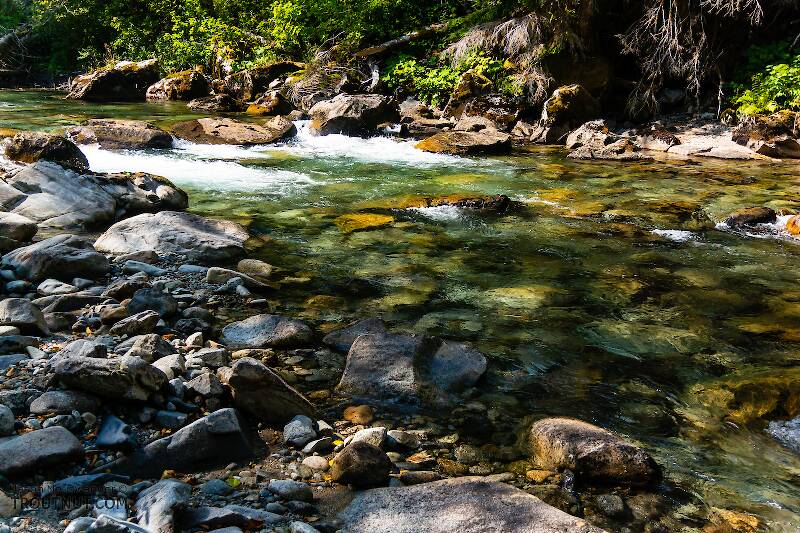
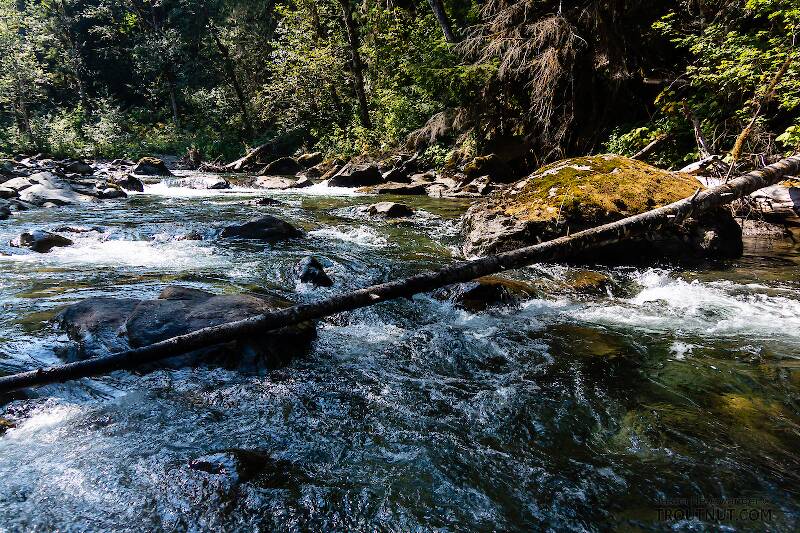
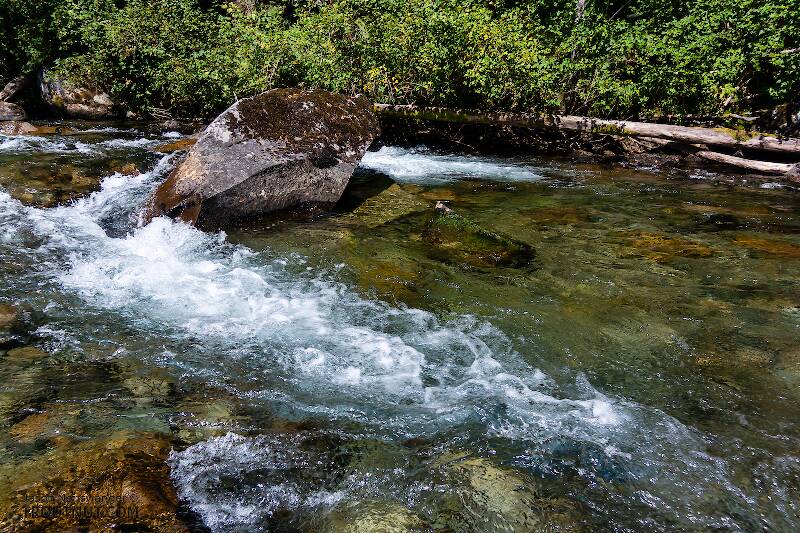
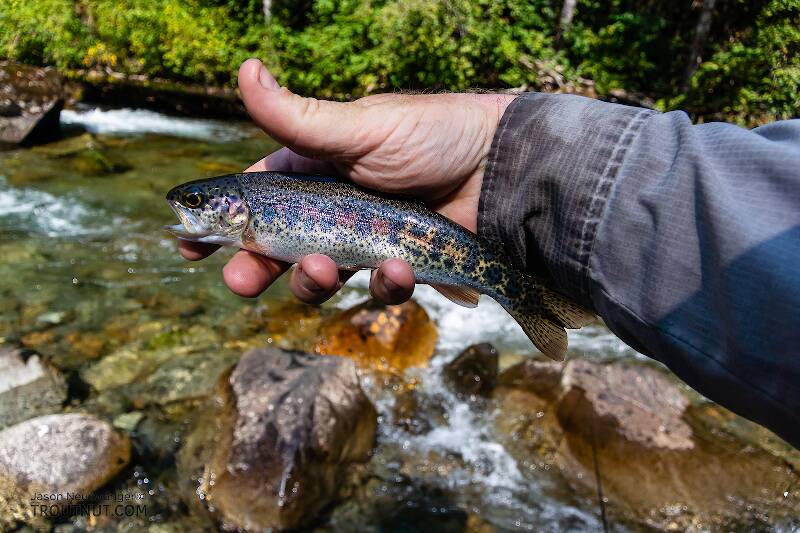



Closeup insects by Troutnut from the Foss River in Washington
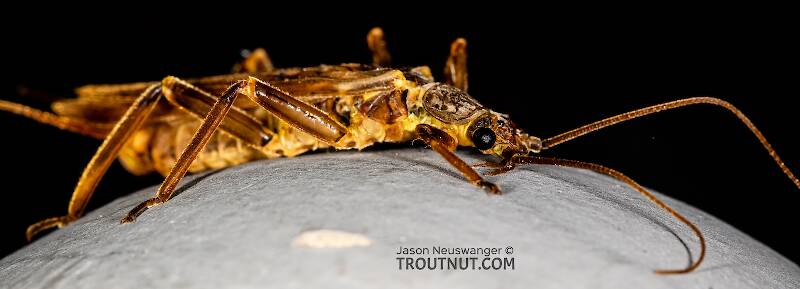
I found this stonefly on some streamside vegetation. I didn't see any in the air in several hours of fishing.
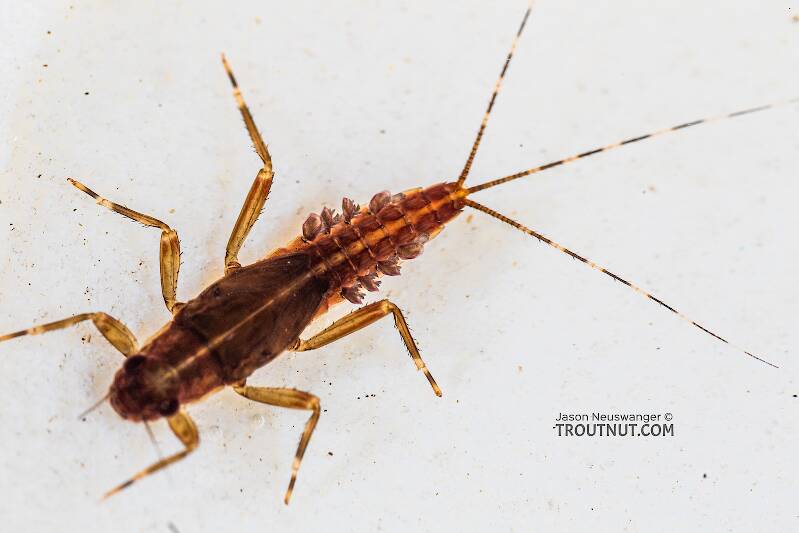
This is a puzzling one to identify and I'm not sure about the species. The maxillary palp is present and segmented, and the maxillary canines are not strongly serrate laterally. I think it's Ephemerella, not Serratella. The ventral lamellae of the gills on abdominal segment 6 have a clear median notch with a depth at least half the length of the lamellae, which points toward a couple of uncommon species (most likely Ephemerella alleni), but the abdominal tubercles and coloration don't fit that species. To add to the confusion, none of the above species are expected to emerge in the fall, as far as I know. I'm going to call this one Ephemerella aurivillii for now, but that's highly uncertain.
Quick stop on the Green River
By Troutnut on September 8th, 2020
I had some errands down near the Green, so I stopped on the way back at Flaming Geyser State Park to wet a line. There was some nice-looking water, but I wasn't catching much until near the end of the day. I left early in the evening, not wanting to take my chances with the "high theft area -- do not leave valuables in your car" warning signs at the parking lot.
Photos by Troutnut from the Green River in Washington
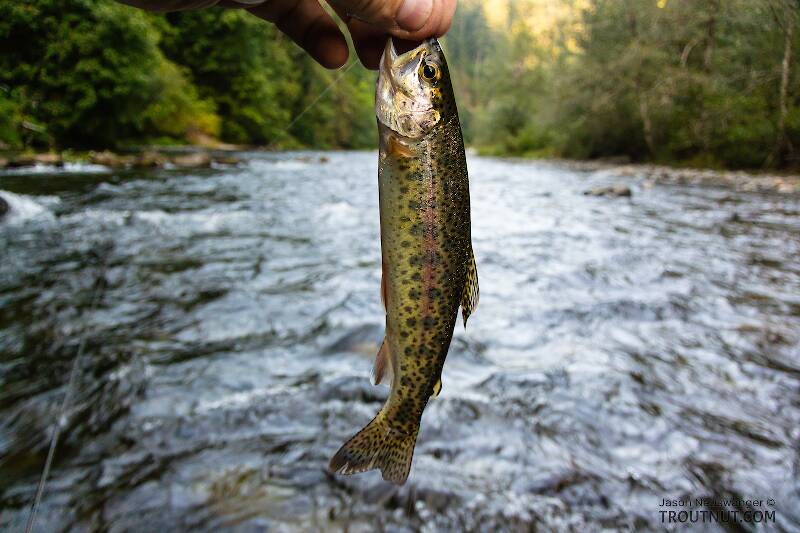
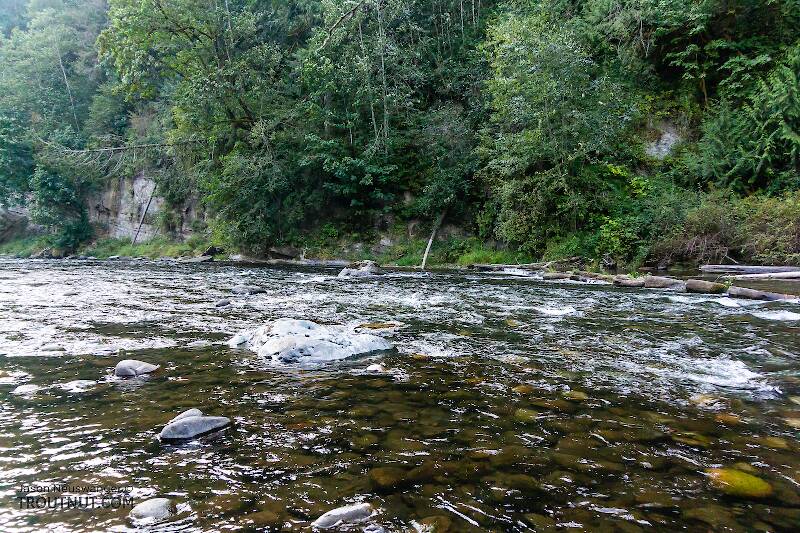
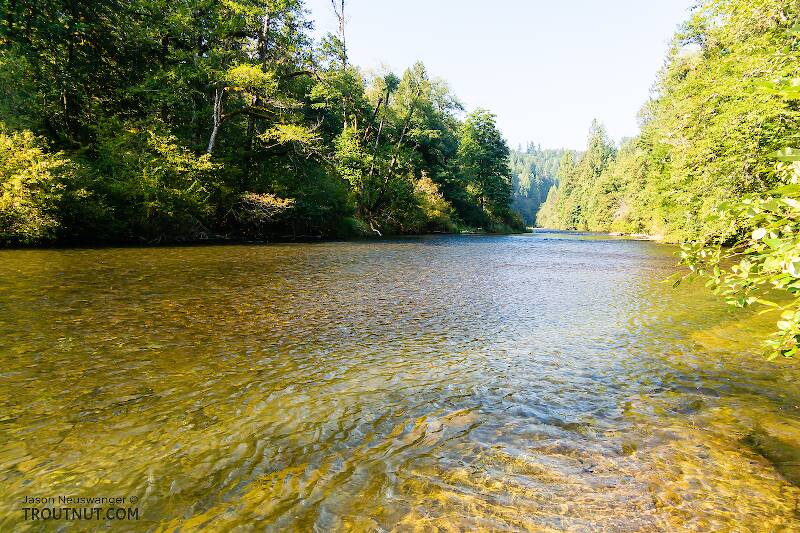
Updates from September 3, 2020
Photos by Troutnut from Silver Creek and Trail Creek in Idaho
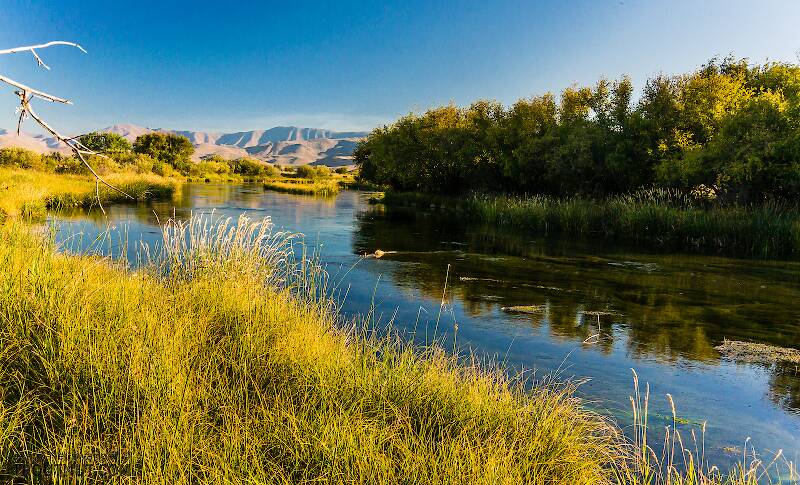
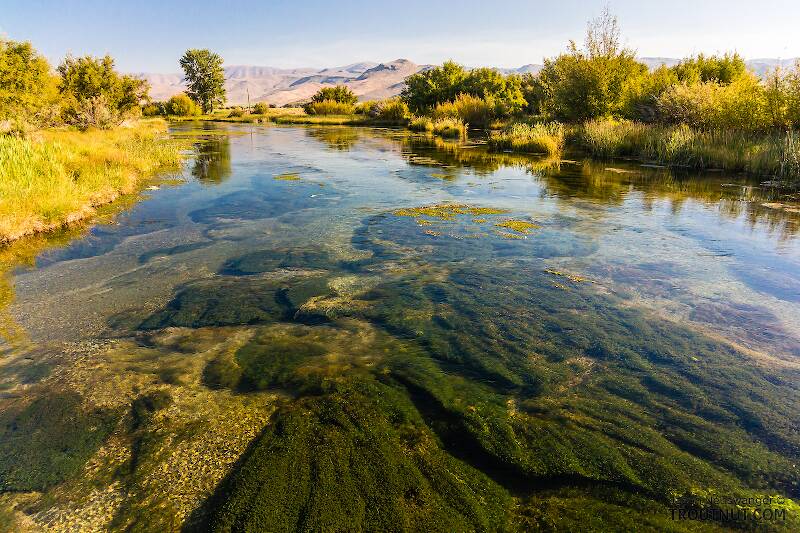
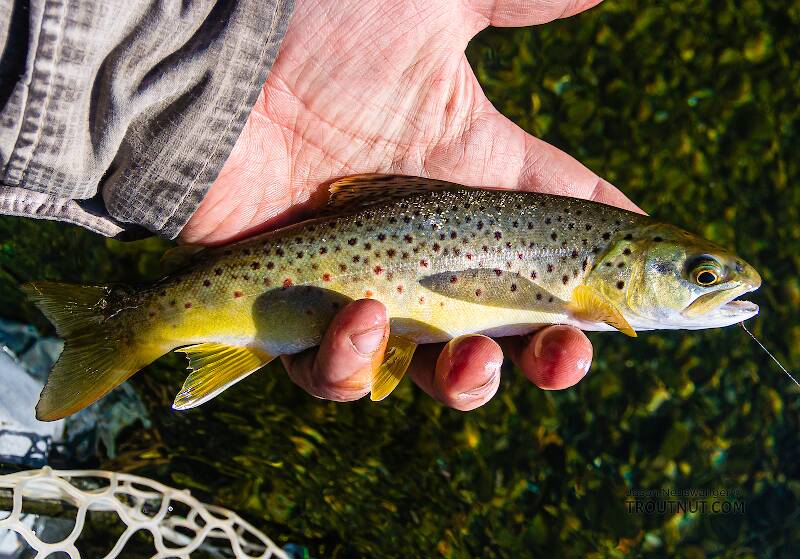
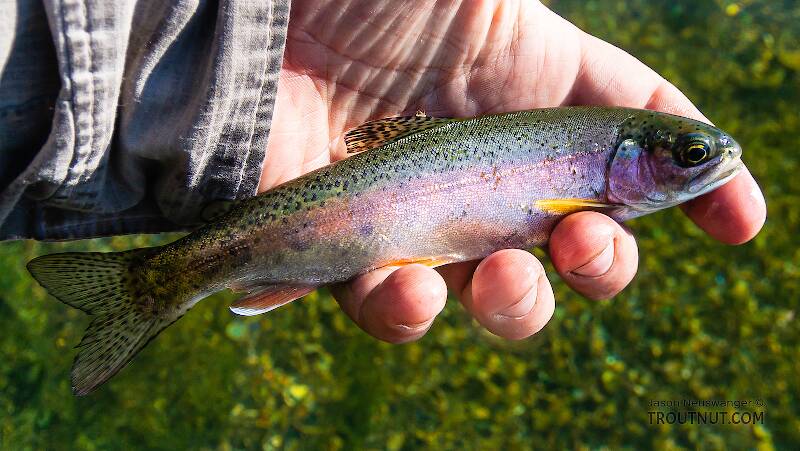
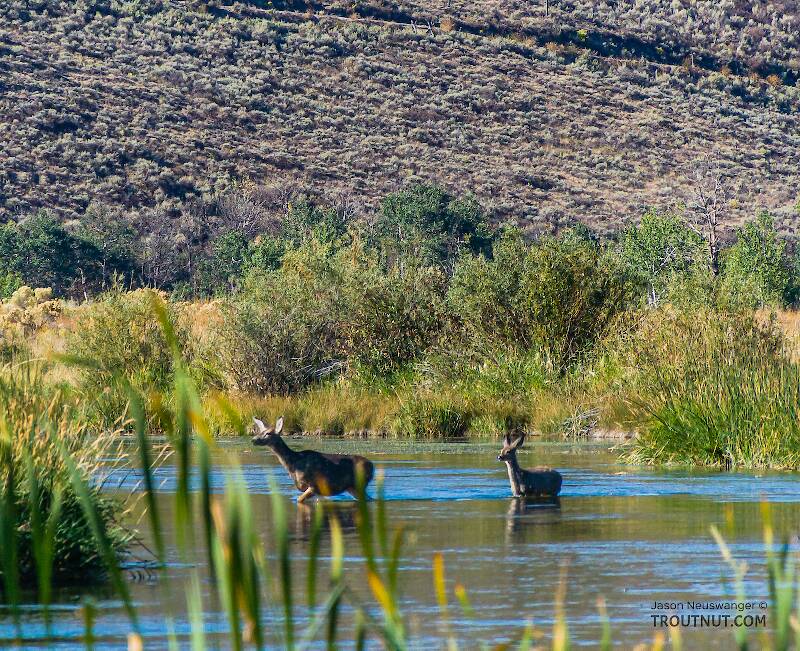
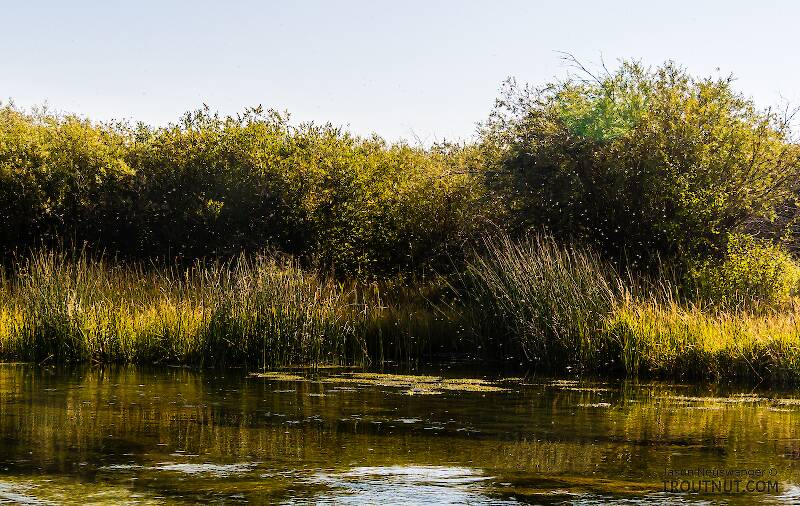
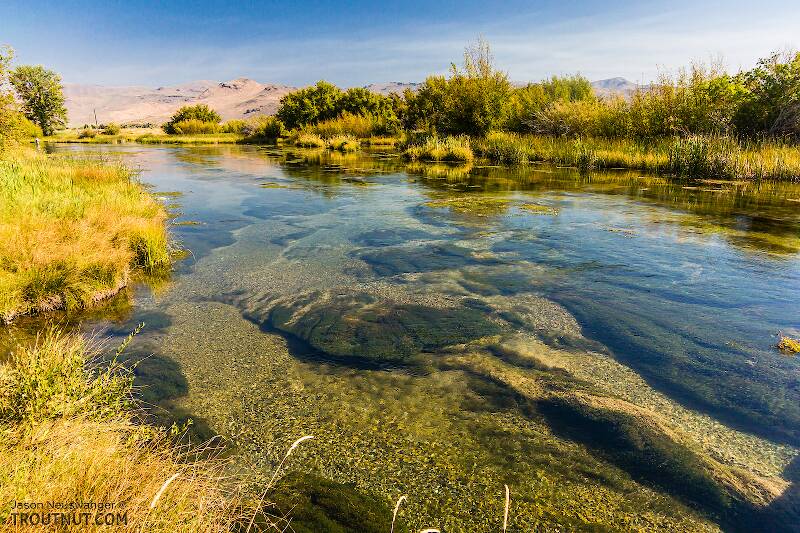


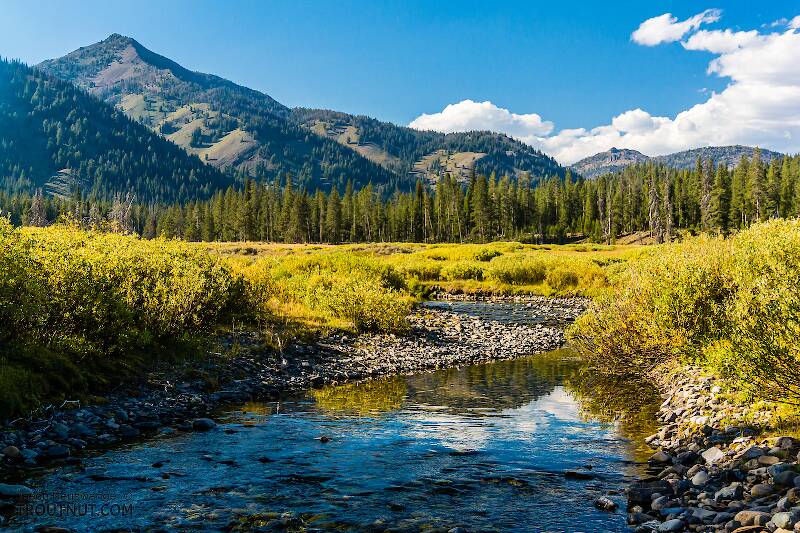
On-stream insect photos by Troutnut from Silver Creek in Idaho
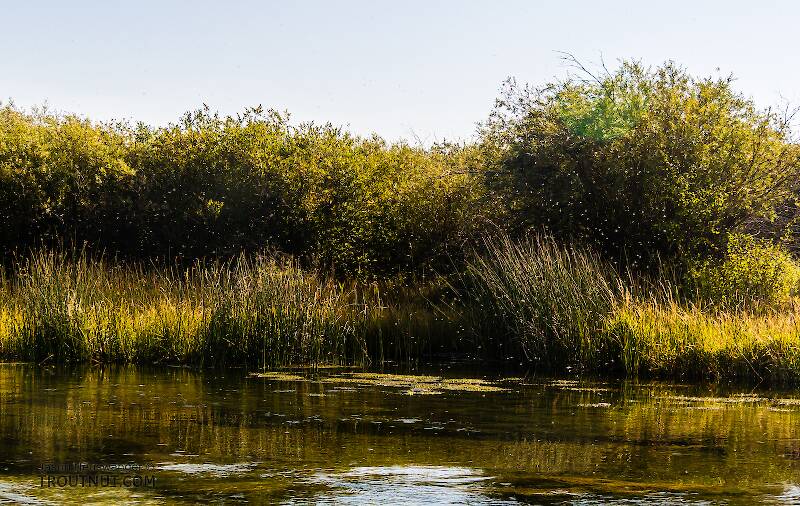
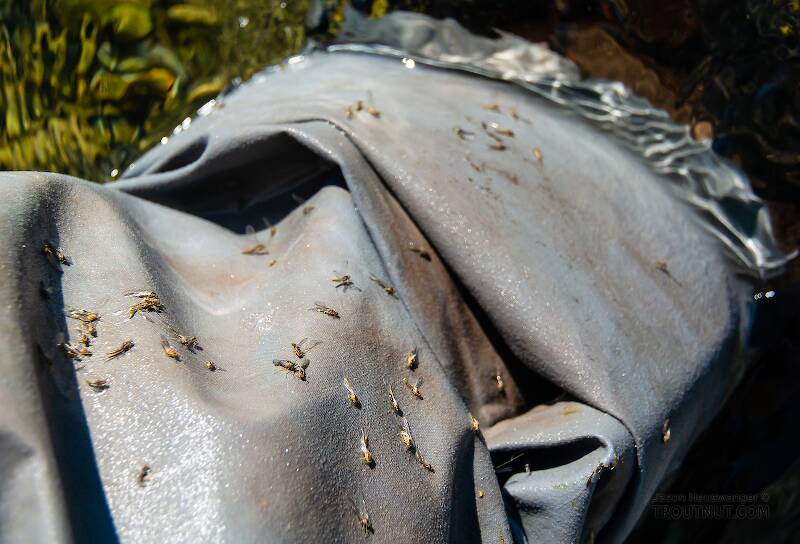
Closeup insects by Troutnut from Silver Creek in Idaho
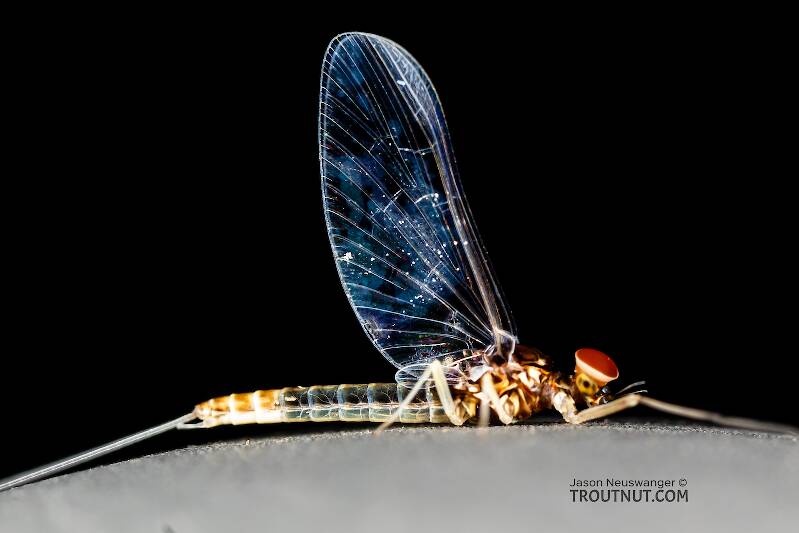
Some notes from identifying this specimen under the microscope:
1. The hind wing has three longitudinal veins, but the third is faint, short (about half the length of the wing), and close to the wing margin.
2. Then antenna is brown fading into white at the tip, and the base is ringed with white.
3. The joints of the tarsal segments on the middle and hind leg have fine black markings.
It was also collected in association with a female spinner.
1. The hind wing has three longitudinal veins, but the third is faint, short (about half the length of the wing), and close to the wing margin.
2. Then antenna is brown fading into white at the tip, and the base is ringed with white.
3. The joints of the tarsal segments on the middle and hind leg have fine black markings.
It was also collected in association with a female spinner.
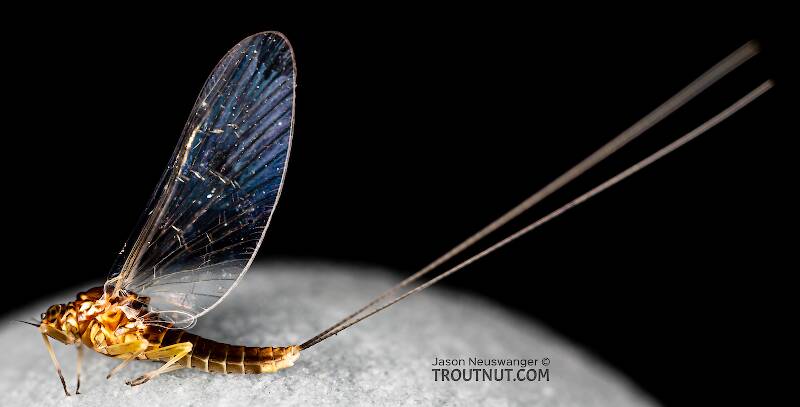
This female spinner was deceased when photographed, so the posture is unnatural, but it was a substantial hatch and clearly worth imitating (with wet flies to imitate the sunken ovipositing females) so I went ahead with the photos.
It was collected in association with a male spinner.
It was collected in association with a male spinner.

